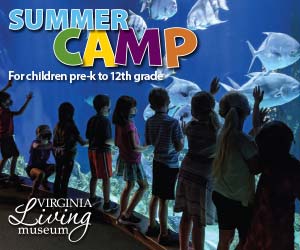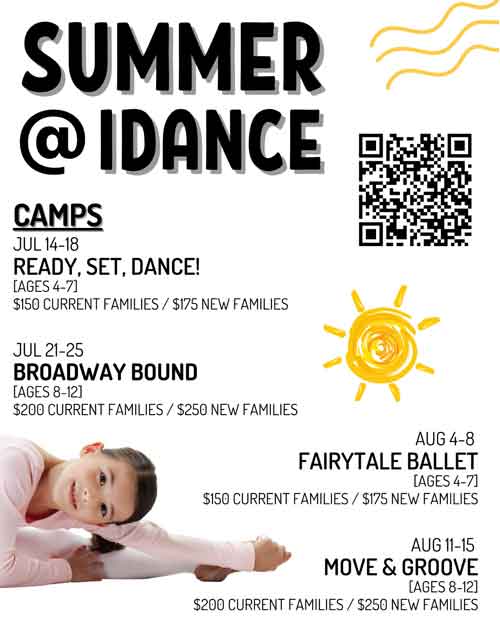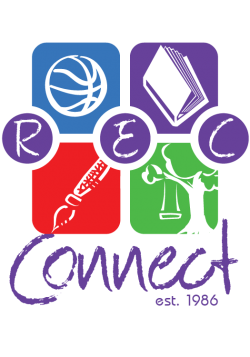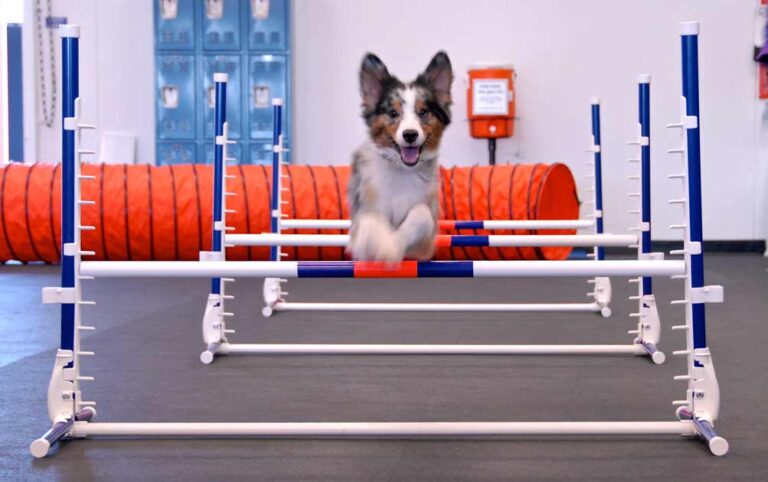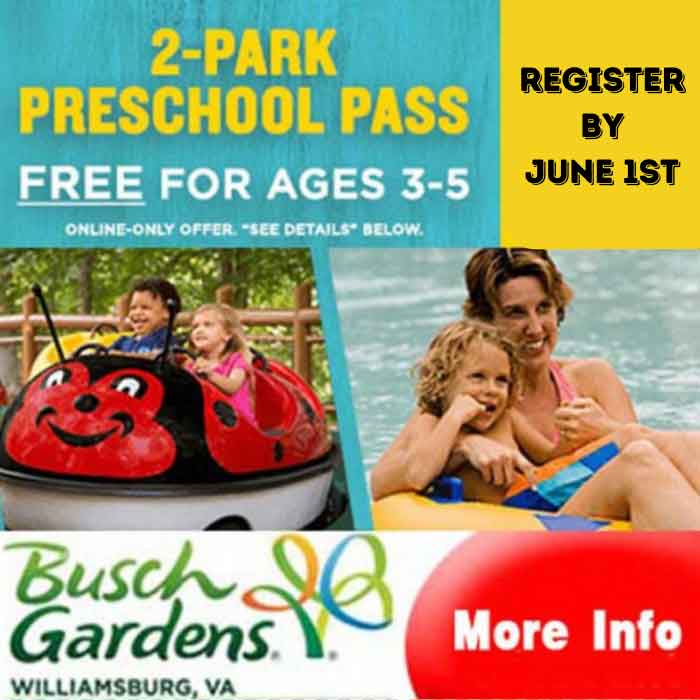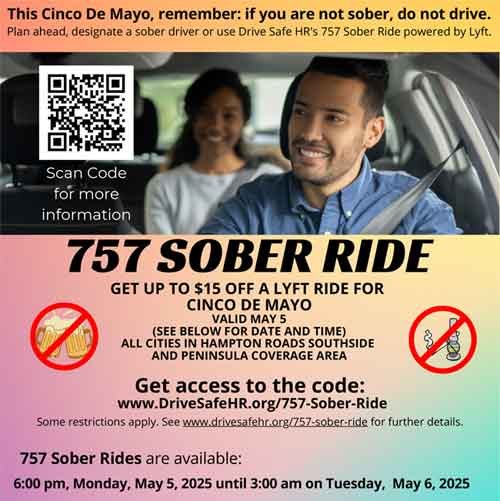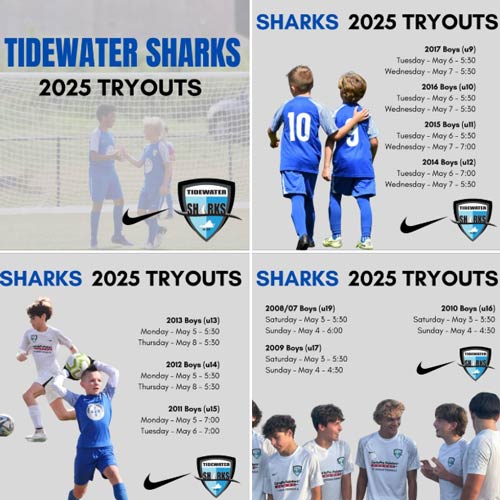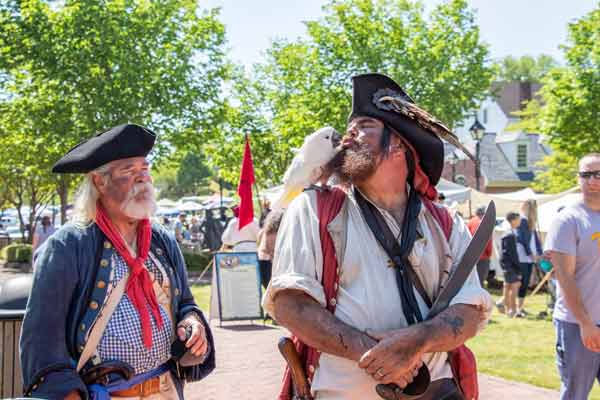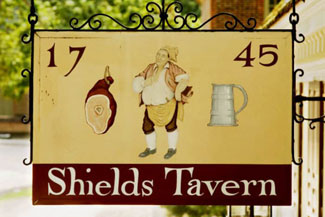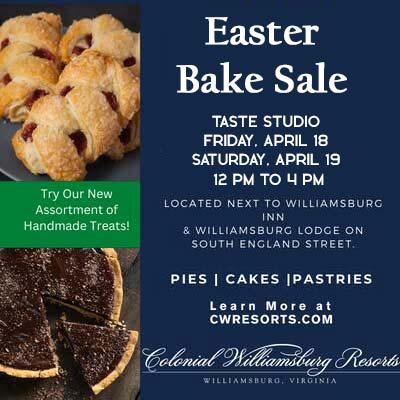Why you should take your family’s temperature twice a day

by Olivia Bada
This is an excerpt from my interview with Jackie Greenizan. She is a Canadian single working parent in Shanghai. Her daughter has been out of school and they have been on social distancing for the last 9 weeks. The full article is here, but below are her top things to start, stop and continue doing to help flatten the curve of the spread of the coronavirus.
“Here are my top things to start, stop and continue doing:
Things to Start:
- Focus on the things you can control — limit face to face interaction, develop a routine in your home for hand washing, going out etc. Set rules for your family and the situation of your family and stick to them. This will be tough.. especially if other kids are all outside playing and running around… but you need to do it.
- Take your and your families’s temperature every day — twice a day track the temps in a book. We do this for 2 reasons — we will need proof for when my daughter returns to school and it helps us understand what our “normal ” temperature range is — so on those days when we don’t feel great (maybe we are tired or I may or may not have had a glass of wine the night before) it helps me reduce panic to know that my temperature is OK.
- If a member of the family is sick –isolate them from the rest of the family as fast as possible. This is to prevent the other members of the family getting sick.
- Have a back up plan — for example if one member of the family gets sick — have a back up — for where the other members of the family can go. In my case, (I am a single Mom), I arranged with my friend that if I was sick , and my daughter ok, then my daughter could stay with them.
- If you don’t feel well — call/see your doctor and then self isolate. Communities should encourage this behavior.
- Limit going out to -necessary trips — groceries, supplies. If you have to go out, wear gloves at the grocery store so you don’t have to touch the cart handles. Wash the gloves when you get home (and still wash your hands).
- Checking people as they access public places — entrances to all public places should have hand santizier and someone checking everyone’s temperature. It may sound invasive, but a fever is one of the first and most reliable signs. It also serves as a reminder that things are not “normal”. Also, if someone has a fever — they are not admitted… no exceptions.
- Where possible encourage kindness and understanding. We all react to stressful situations in very different ways. Remember everyone of us is human, look for ways to help. One really small thing can make a big difference. For example the security guards at the entrance to or residential compound have a tough job.. not only do they have to enforce the rules, the they have to take people’s temperatures, etc. We make it a point to wave and say hello on our way out.. a small gesture but it makes a difference.
- If you know of a family in need and can help them out.. do that. (bread and peanut butter for kids who are missing their lunch meal, etc)
- Start being proactive about “flattening the curve” — reducing the transmission of the virus.
- With the kids being at home.. it will be tough.. but if possible create a “day plan” and schedule so that you build in a routine.
Things to Stop
- Limit face to face social interaction. — I know school may be off — but this is not a “snowday”… it is off so the kids don’t infect other kids and so the virus does not spread. To make this work this message needs to be reinforced by the community .
- Limit or stop play dates / sleepovers– again — this it tough but … necessary in order to contain the virus.
- Stop pretending “this will go away”
Things to Continue
Continue to be a caring community that looks after each other.
- The population that is most at risk is the group over 60. It is likely that the aged care homes in your community are restricting access to visitors (if they are not, they should). The people in these homes will be lonely, sad and confused. A potential activity to consider for the kids is have the kids create art work or cards and send them to the people in the care homes. It will cheer up the patients and give your kids a fun activity.”
Those were Jackie’s suggestions. Right away we started the temperature protocol in our household, writing down everyone’s temperatures in a notebook — if for nothing else then to prevent us from thinking we are getting sick when we are not, and making a wasted call or trip to a doctors office. This avoids unnecessarily exposing ourselves to actually getting sick, and not to mention adding to the medical staff’s patient list.
Her other protocols, we are implementing as well. To read the full interview with Jackie Greenizan visit here.









